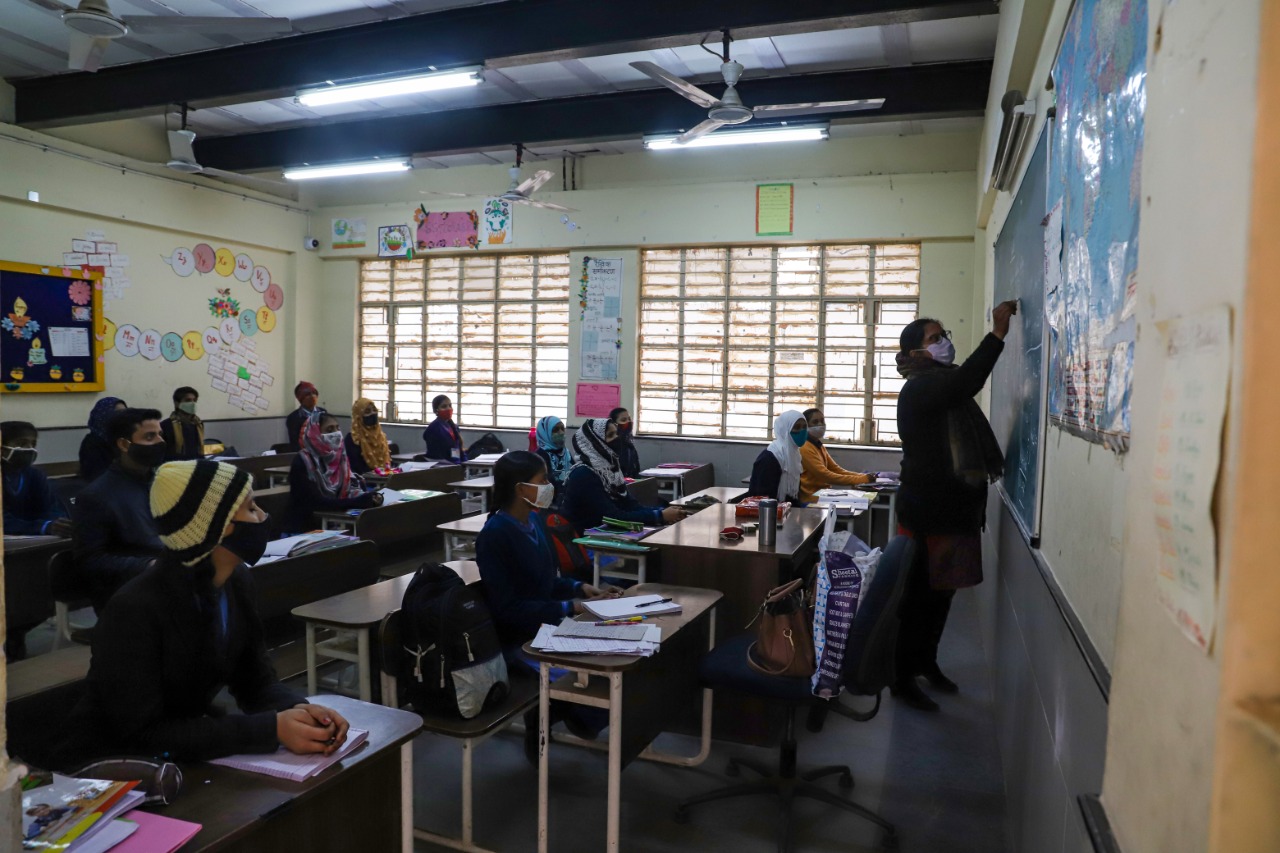
EU adopts new rules to significantly cut packaging waste with re-use targets
The European Union has formally adopted a regulation on packaging and packaging waste. The new ...

About 69 million teachers are needed worldwide to reach universal basic education by 2030. The largest deficit is in sub-Saharan Africa, according to UNESCO.
On World Teachers’ Day, Audrey Azoulay, Director-general of UNESCO, called on governments around the world to step up their support for teachers, warning that the profession is struggling to retain its workforce and attract new talent.
UNESCO’s estimates indicate the need for an additional 24.4 million teachers in primary education and some 44.4 million teachers for secondary education in order to achieve universal basic education by 2030. With some of the most overcrowded classrooms in the world, sub-Saharan Africa is also home to the most overburdened teachers and understaffed systems, with 90% of secondary schools facing serious teaching shortages.
New UNESCO figures unveiled for 2022 World Teachers’ Day show that 5.4 million teachers are needed at primary level in sub-Saharan Africa, and 11.1 million teachers at secondary level, if we are to achieve the targets set by the 2030 Agenda. The region with the second largest deficit is Southern Asia: UNESCO projects 1.7 million additional teachers will be needed at primary-level, and 5.3 million at secondary-level.
In low-income countries, the first obstacle is the heavy workload. According to a new UNESCO data, each primary teacher in these countries has an average of 52 pupils per class at primary level, while the global average is 26. The ratio is particularly high in sub-Saharan Africa – 56 pupils per teacher – and Southern Asia – 38. In Europe and North America there are only 15 pupils per teacher on average.
Supervision difficulties are amplified by a lack of training, which means that teachers do not always have all the tools at hand to succeed in the classroom. UNESCO data shows that about 26% of primary and 39% of secondary school teachers do not have the minimum qualification requirements in low-income countries, compared to respectively 14% and 16% globally.
In remote, underprivileged, and rural areas, conditions worsen and are exacerbated by multi-grade, multi-lingual and acute learning needs in the classroom.
Female teachers are affected disproportionately due to lack of adequate housing, long and unsafe routes to school and a lack of childcare services making it difficult to keep women in remote teaching posts. The underrepresentation of female teachers in certain knowledge areas, and in leadership positions is another ongoing challenge.
The vocational crisis is also accentuated by non-competitive salaries. UNESCO data shows that 6 out of 10 countries pay primary school teachers less than other professionals with similar qualifications. This criterion is particularly evident in high-income countries.
In 5 out of 6 countries in this group, primary school teachers earn less than other comparable professionals. Three high-income countries have a commendable teacher salary policy: Singapore, with an average salary equal to 139% of comparable professions, Spain (125%), and the Republic of Korea (124%).
The European Union has formally adopted a regulation on packaging and packaging waste. The new ...
Inaugurating the Abydos Solar Power Plant in the Upper Egypt governorate of Aswan represents a ...
Businesses that fail to adapt to climate risks like extreme heat could lose up to ...


اترك تعليقا